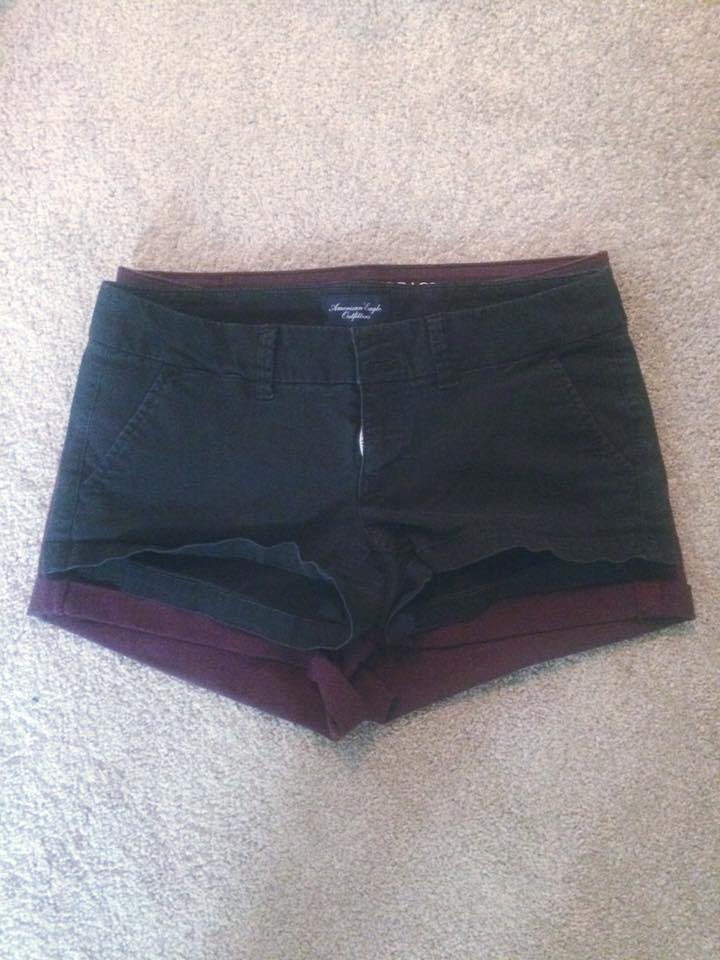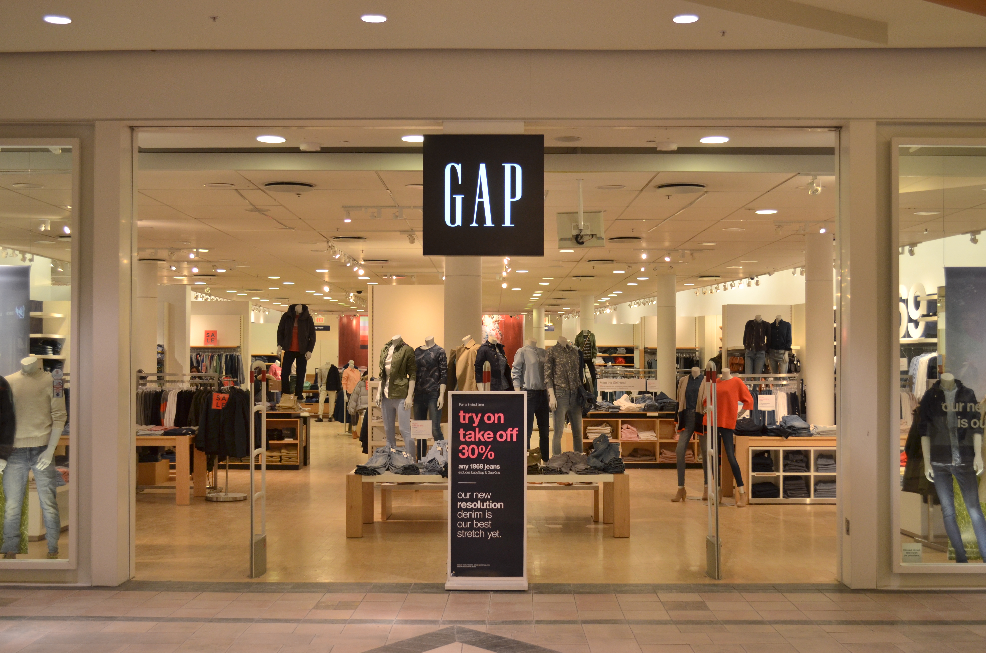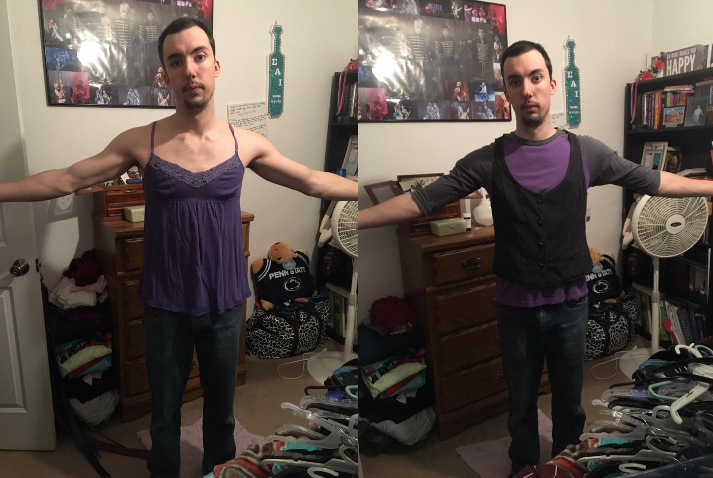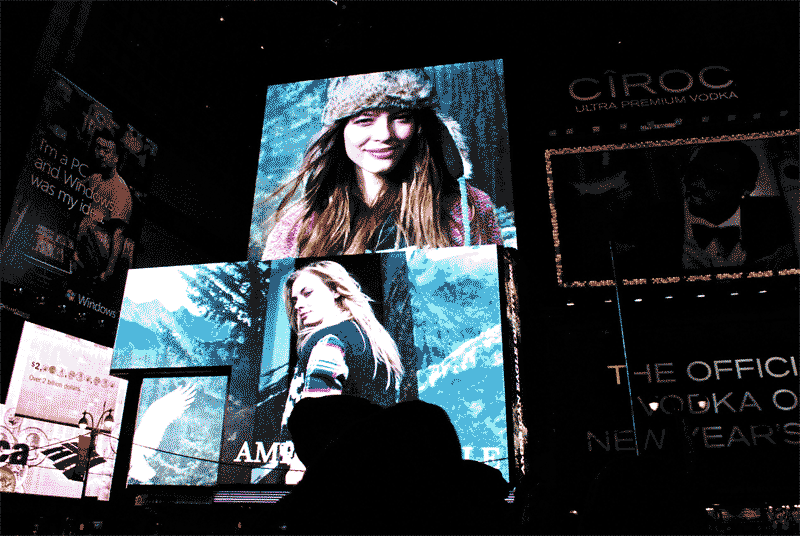When Missy Rogers walked into an American Eagle to buy a new pair of shorts, she was disheartened to find that she was no longer a size four. She’d gone up to a size ten. The last time that she’d bought shorts from American Eagle was two years ago, when she was a size four. She didn’t think that she’d gained much weight, but, judging by the label, she must have.
Or at least that’s what she thought until she got home. She bought a maroon pair at size ten and compared them to the black size four pair she bought in 2014. Considering that the four is three sizes smaller than the black pair, one would expect that the new pair would be significantly bigger. Instead, she found that both pairs had the exact some width and waist line.

Photo courtesy of Missy Rogers
The experience prompted Rogers to share the image and the story on Facebook, which has been shared over 70,000 times.
“I do worry about the message younger girls have with media promoting ‘the perfect skinny body.’ They have been convinced that the smaller size you are, the more beautiful you are,” Rogers wrote.
But a size small in one store might just be a size large in another store. If a girl goes to the second store and finds that she’s magically become a size large, she’s going to blame herself, not the store.
This is far from the first time inconsistent sizing was revealed to the public. Last year, Fitbay, a personal shopper website, called out several companies for vanity sizing, or putting a smaller size on the label so that their shoppers feel flattered and are more likely to buy. The companies guilty of this included J. Crew, Gap, and Banana Republic. Express and American Eagle were guilty of vanity labeling as well, but mainly just in men’s sizes.

Photo courtesy of en.wikipedia.org
Rogers’s post was not the first about inconsistent sizing to go viral in the past few months alone. Benjamin Ashton Cooper shared his own experience when he noticed that his girlfriend was getting rid of clothes that were labeled XL. He was prompted to try the clothes on himself and was angered to find that they all fit him.

Photo courtesy of Benjamin Ashton Cooper
“I am not an extra large man, and, more importantly, a woman my size is NOT an extra large woman,” he wrote.
So why are our sizes so screwed up? According to the Washington Post, women’s sizes have actually always been pretty skewed and messed up. In the 1930s, the government attempted a project to measure 15,000 women to find the body type of the “Average American Woman,” so they’d know what type of sizing and clothing these women could fit into. It didn’t work, because obviously 15,000 women don’t really demonstrate the whole populace.
They tried again in the 1950s, when they released the “Body Measurements for Sizing of Women’s Patterns and Apparel.” The major change in this document was that they added women who were in the Army in World War II to the 15,000 women they’d interviewed during the depression, to make it more inclusive. That didn’t really work though because women coming from the Army tended to be more fit than the average American woman, which was why the smallest size, size 8, was intended to fit a woman of just 98 pounds. The document also failed to include any non-white women. It was updated again in 1970, but with no real and meaningful changes to answer these complaints.

Gif courtesy of Miguel Vaca on Flickr.com
The government stepped away from sizing to leave it up to the manufacturers, who went vanity-sizing crazy. A 1958 size 12 became a size 6 in 2011. According to the New York Times, a size 8 waist measurement could differ as much as five inches of cloth from different designers.
If the sizes don’t mean anything, why should it matter if you’re a size 2 or a size 12? Focus on buying clothes that make you feel good and that feel right on your body. There is nothing wrong with your body, but there is a ton wrong with our sizing system.




